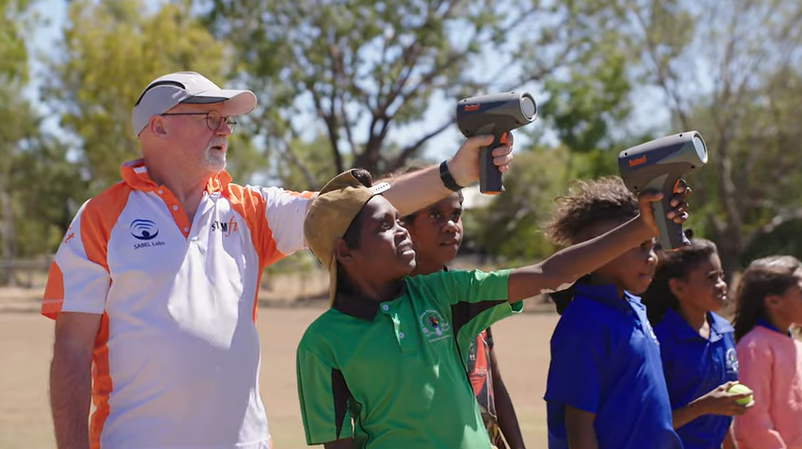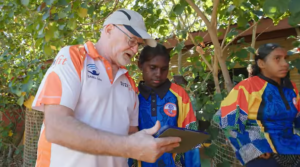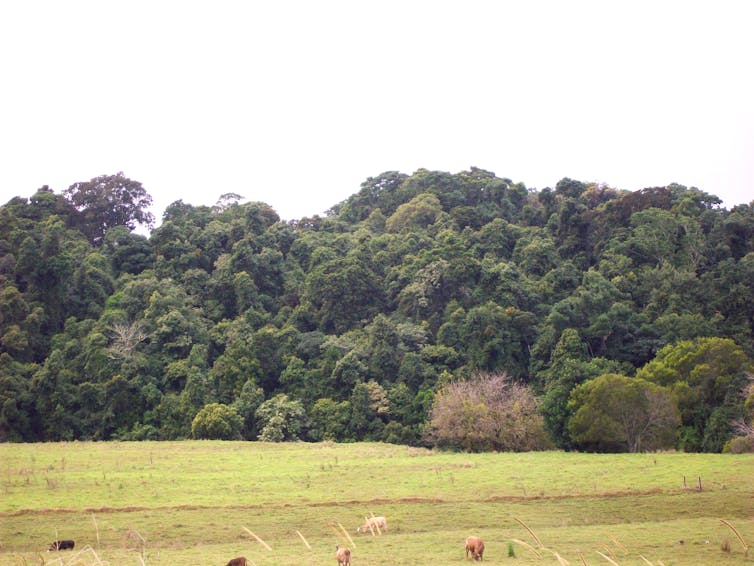
In the very remote schools of the Northern Territory, researchers and educators have discovered exploring the impressive physical capabilities of students may be key to enhancing performance in the classroom.
Multidisciplinary scientist Dr Charlene Willis from Griffith University’s School of Pharmacy and Medical Sciences is part of the passionate team behind the sport-STEM hybrid program
‘STEMfit’ is designed to spark students’ interests in science, technology, engineering, and maths (STEM) through the introduction of sporting technology in their studies,’ Dr Willis said.
“Students are with creating and analysing individual datasets based on their physical performance, encouraging them to think critically about improving technique.”
Dr Willis, alongside sports scientist Associate Professor Jim Lee of Charles Darwin University, Northern Territory Principal Jeff Parker, and former Griffith academic Associate Professor Daniel James – a pioneer in sporting technology – found tapping into the ‘astonishing’ physical talent of remote students could inspire a fascination for STEM.
“By encouraging the students to take data from their physical performance back into the classroom, we saw an immediate transformation in attitudes to learning,” Principal Parker said.

Whilst STEM outreach programs are more common in secondary schooling, the team saw a significant flaw in delayed introduction.
“Research shows children make decisions about STEM in late-primary school where STEM is often perceived as somewhat dry, abstract and solitary activities,” Dr Willis said.
“The program helps children at an early age to see the connection between STEM and everyday life and because the data generated relates to them, they actively participate in discussions using critical thinking.
“This early intervention is critical because if children are not engaged in STEM at the primary school age, they miss out on the foundational skills required for later years and convince themselves they’re just not good and these subjects.”
Recognising the stigma behind STEM in comparison to Australia’s widely celebrated sporting identity, the team saw an opportunity to relate the two in school.
“While it’s understood STEM is critical for future employment success in challenging times, sport is engrained in Australian culture,” Dr Willis said.
“We don’t ask our children to run slower because they are too fast for their age group but will allow a child to sit bored in a maths class rather than extending them.”
Since its humble beginnings in the bush, the team has developed a STEMfit curriculum based on guidelines and will commence a third year of the international STEMfit Cup.
“The STEMfit Cup combines Australia’s sporting prowess with our innovation in the STEM disciplines,” Dr Willis said.
“The virtual event brings together teams of school children from across the world through athletic events on the sports field and STEM subjects in the classroom.”
STEMfit cofounder Jim Lee said: “We have children running in snow in Scotland competing with those from the very remote communities of the Northern Territory in 40-degree heat.
“We have children from India analysing their favourite physical activity, yoga, with others from the more competitive sports in India.
“It’s an exciting melting pot of interests, nationalities and cultures which has led to appreciation of difference and the odd internet hook-up between schools.”
The STEMfit cup endeavours to grow participant schools and industry support having previously been sponsored by the International Sport Engineering Association, Gulf Data Concepts and the Northern Territory Department of Education.
If your school is interested in participating in the STEMfit cup, or if you would like to offer sponsorship, you can reach out to the team







